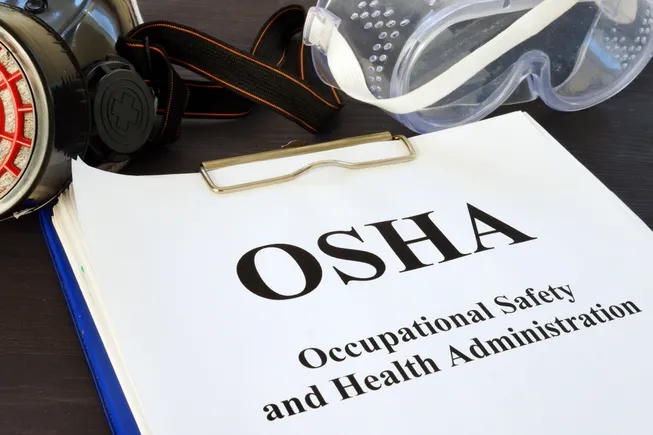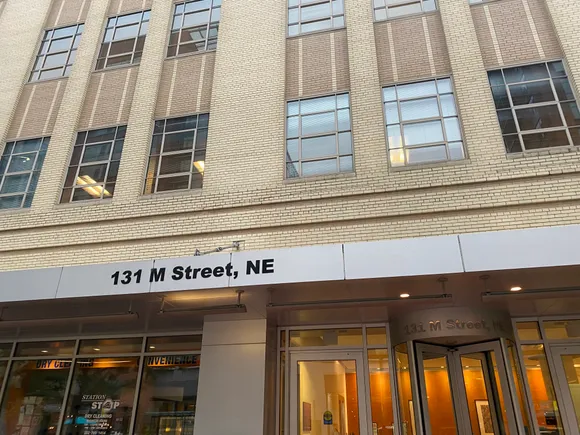Joycelyn Stevenson is a shareholder at Littler Mendelson.
As an investigator who works with corporate organizations of all sizes, boards and educational institutions, I am often asked why training on effective investigations is necessary.
The short answer is that a good, thorough investigation offers protections to the entity involved as well as the individuals impacted by its results. However, to reap the benefit of those protections, there are necessary steps to ensure impartiality, promptness and thoroughness.
Below are a few key steps to conducting an effective internal investigation in the workplace.
1. Choose the appropriate investigator.
A critical first decision is whether the investigation should be managed internally or externally.
Often, it depends on the type of issue and who is accused of wrongdoing. For example, if the CEO of a company is the accused, it may be appropriate for a board to hire an outside investigator since most internal investigators report through a chain of command that ultimately leads to the CEO. It is important to choose someone who is impartial and to choose someone quickly to avoid accusations of unnecessary delay. Many organizations have a designated human resources representative or other manager who handles complaints.
2. Create an outline for the investigation.
The investigator should quickly determine the key issues for investigation, determine the names of relevant witnesses and create an outline for the investigation. This outline may evolve over time, but it provides a road map that should include draft questions, a list of relevant documents and other information relevant to the investigation.
3. Interview complainant, accused and relevant witnesses.
Consider whether the organization should make any temporary changes to the working conditions of relevant witnesses.
In some cases where an assault and other types of harassment are alleged, it is important to protect the interests of all involved and to remove any potential barriers to a fair investigation, which could involve administrative leave for the accused. However, many investigations do not warrant such action.
The investigator should determine the method of interviewing the complainant, other relevant witnesses, and the accused — including location, time of day and proximity to others. As an outside investigator, I typically prefer in-person interviews off site if possible, however, virtual interviews are also appropriate where necessary. During interviews, it’s important to stress the organization’s policy against retaliation for participating in the investigation process.
4. Document, document, document — with caution.
If conducting an internal investigation without counsel, investigators should know that any documentation generated as a result of the investigation — including notes, emails, Teams messages and memos — are all potential pieces of evidence that can be used or requested in discovery if legal action arises as a result of the conduct being investigated.
It’s critical to be mindful of what information is in writing and keep the circle of knowledge about the investigation small. If counsel is consulted related to the investigation, obtain a clear understanding of what communications are potentially privileged and which are not.
5. Memorialize the conclusions.
After conducting interviews and any necessary follow-up interviews, there should be a formal conclusion to the investigation memorialized in writing if an internal investigation is conducted by the organization.
The findings should stick to the allegations and not draw legal conclusions. For example, an investigator can state that an alleged derogatory comment was substantiated, not that an employee engaged in “harassment” or created a “hostile work environment,” which is a legal conclusion. After the investigation, the decision-maker can determine if the substantiated conduct is a violation of policy or law and warrants discipline or other corrective action.
6. Close the investigation with complainant and accused.
Circle back with the complainant to let them know the investigation has concluded. Also, close things out with the accused and any relevant witnesses as appropriate.
The complainant is not entitled to know exact measures taken to address the complaint, but organizations vary on how much information they provide. The hope is that the investigation and any corrective action taken when there is substantiation address the concerns and create a culture of responsiveness and respect in the workplace.
7. Use the investigation to reinforce policies.
Investigations are a great catalyst to reinforce existing policies in the workplace. Even if there is no evidence to substantiate an allegation, use the investigation as an opportunity to train managers, and highlight policies against harassment and other types of issues covered in relevant employment policies and handbooks.
Workplace investigations should be taken seriously, and they require thoughtful preparation. These efforts potentially mitigate liability with government agencies, reduce damages in future litigation and, more importantly, strengthen workplace culture by showing the willingness of the organization to acknowledge concerns of employees and offer a swift response.






Leave a Reply